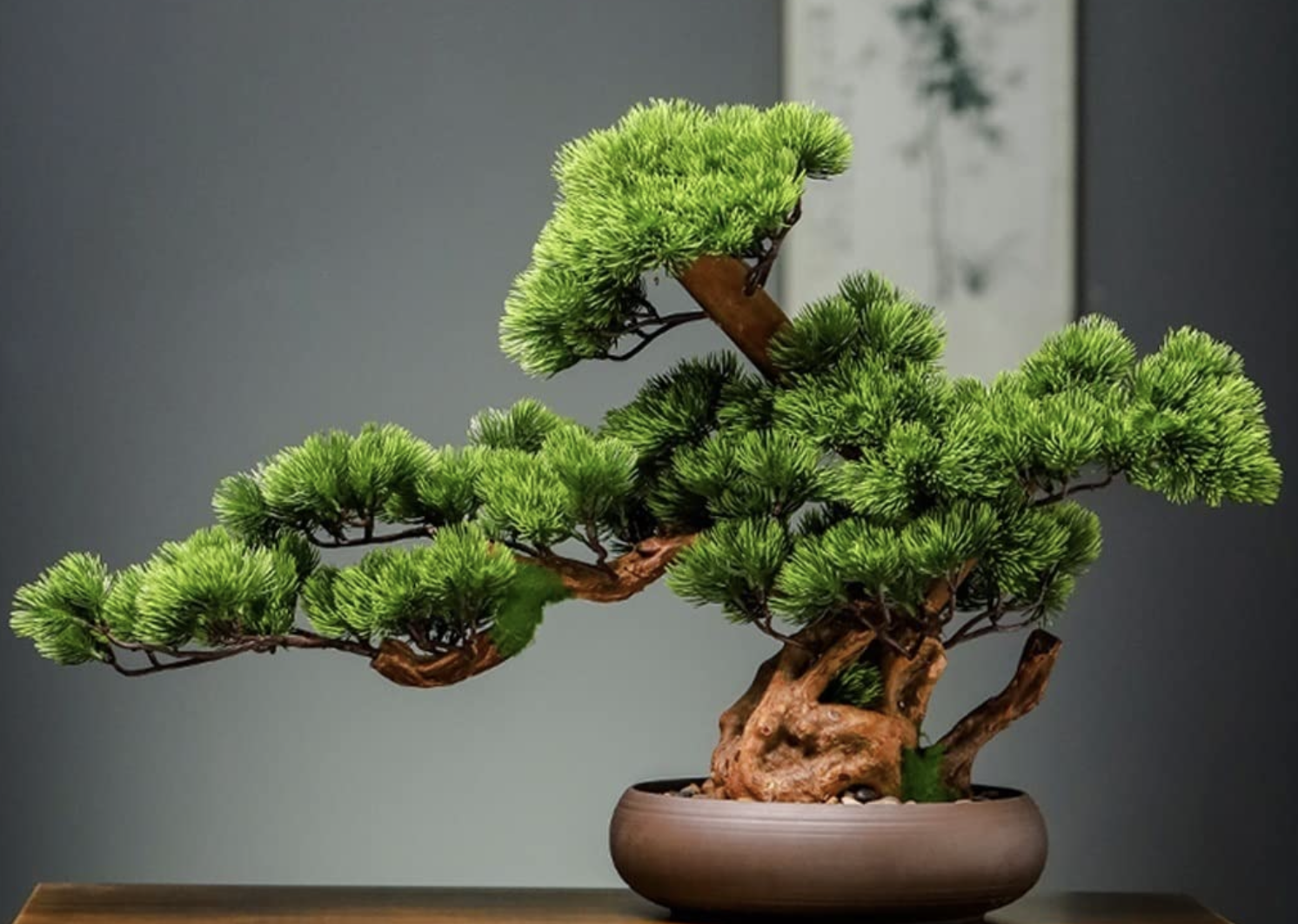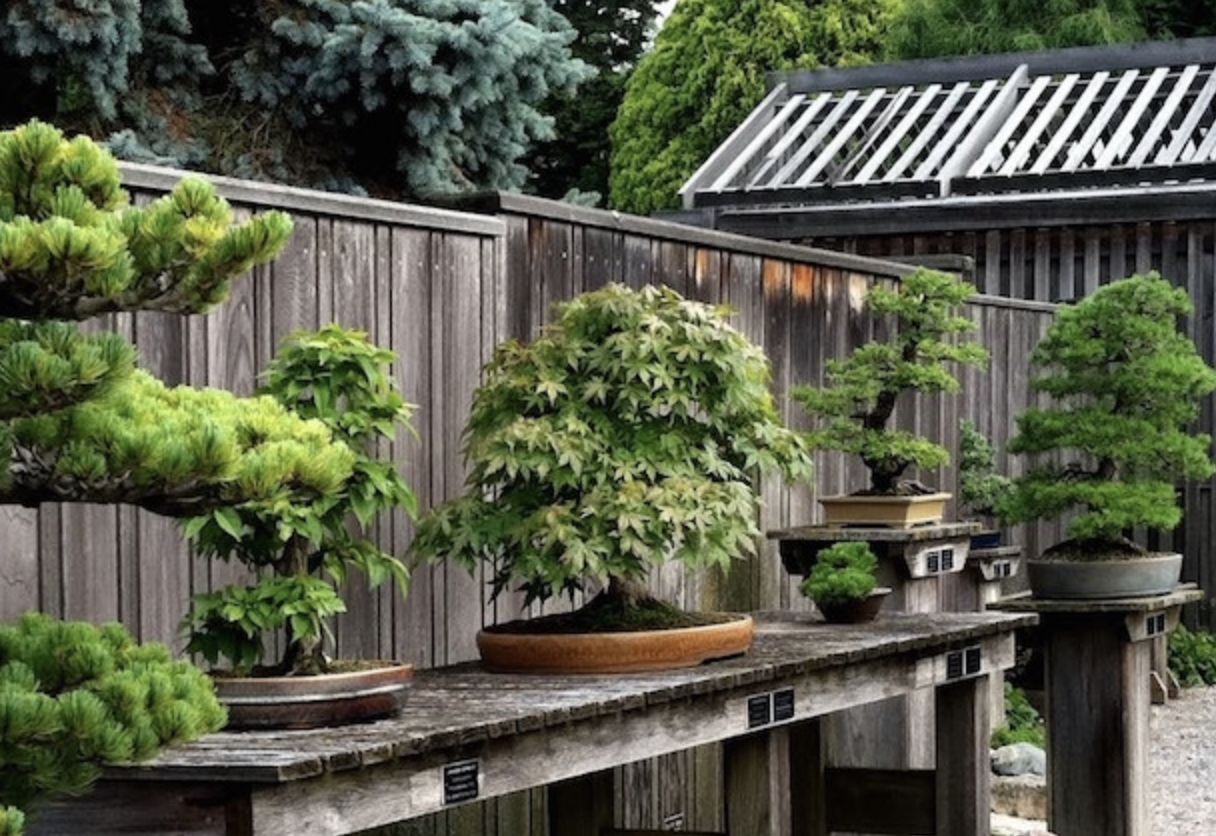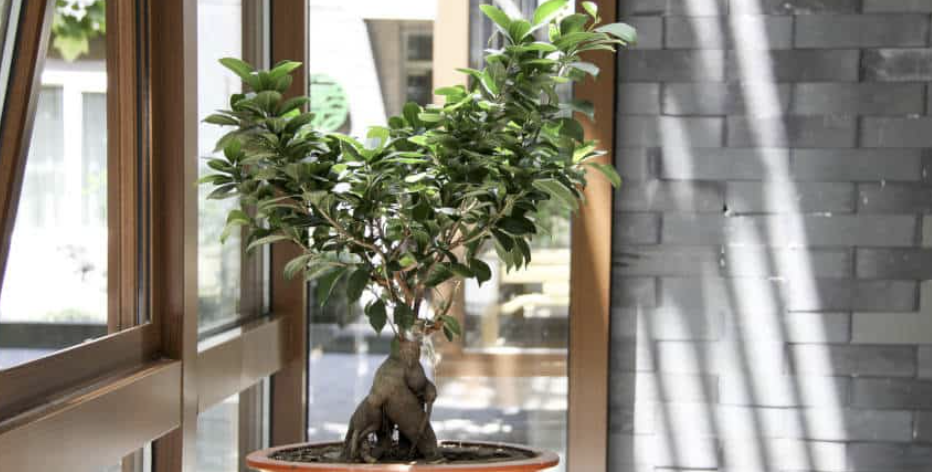Bonsai Unveiled: The Ancient Art of Miniature Trees & How to Grow Them Indoors or Outdoors?
What is Bonsai?
Bonsai (盆栽) is the art of cultivating miniature trees in small containers, replicating the shape and style of full-sized trees in nature. Originating in China over a thousand years ago as penjing, it was later refined in Japan, where it became a distinct and highly respected art form.
Key Features of Bonsai:
✅ Miniaturization: The tree remains small but looks like a mature, full-sized tree.
✅ Artistic Design: Careful pruning and training shape the tree into beautiful, natural forms.
✅ Container Cultivation: Bonsai are grown in shallow pots to control growth and develop aesthetic roots.
✅ Long-Term Growth: Some bonsai trees can live for hundreds of years, passed down through generations.
Is Bonsai Better for Outdoors or Indoors?
Bonsai trees are primarily outdoor plants, but some species can thrive indoors with proper care. The choice depends on the tree species, climate, and growing conditions.
🌳 Outdoor Bonsai – Best for Most Trees
✅ Preferred for most bonsai species since they need natural light, fresh air, and seasonal changes.
✅ Grows stronger & healthier due to exposure to natural weather cycles.
✅ Requires less artificial care compared to indoor bonsai.
Best Outdoor Bonsai Trees:
• Pine Bonsai (e.g., Japanese Black Pine) – Hardy, thrives in sun.
• Juniper Bonsai – Loves full sun, classic bonsai choice.
• Maple Bonsai – Beautiful seasonal colors.
• Elm Bonsai (e.g., Chinese Elm) – Can be semi-outdoor in mild climates.
🌞 Placement: Keep in partial or full sun, depending on species. Protect from extreme heat or frost.
🏡 Indoor Bonsai – Requires More Attention
✅ Best for people who lack outdoor space or live in harsh climates.
✅ Needs bright, indirect light (or grow lights if natural light is insufficient).
✅ Requires stable temperature—avoid drafts and dry air from heaters/AC.
Best Indoor Bonsai Trees:
• Ficus Bonsai – Most resilient indoor bonsai.
• Jade Bonsai – Drought-tolerant, easy to care for.
• Serissa (Snow Rose) Bonsai – Delicate but beautiful flowering bonsai.
• Chinese Elm – Can adapt to indoor conditions with proper care.
🌱 Placement: Near a bright window (south-facing is ideal). Rotate occasionally for even growth.
🌿 Verdict: Which is Better?
🔹 If you have a garden, balcony, or patio, outdoor bonsai is the best option—it’s healthier and easier to maintain.
🔹 If you live in an apartment or cold climate, choose a species suited for indoors, but be prepared to provide extra care (lighting, humidity control).
💡 Tip: Even indoor bonsai benefit from occasional outdoor exposure (e.g., placing them outside for a few hours on warm days).




